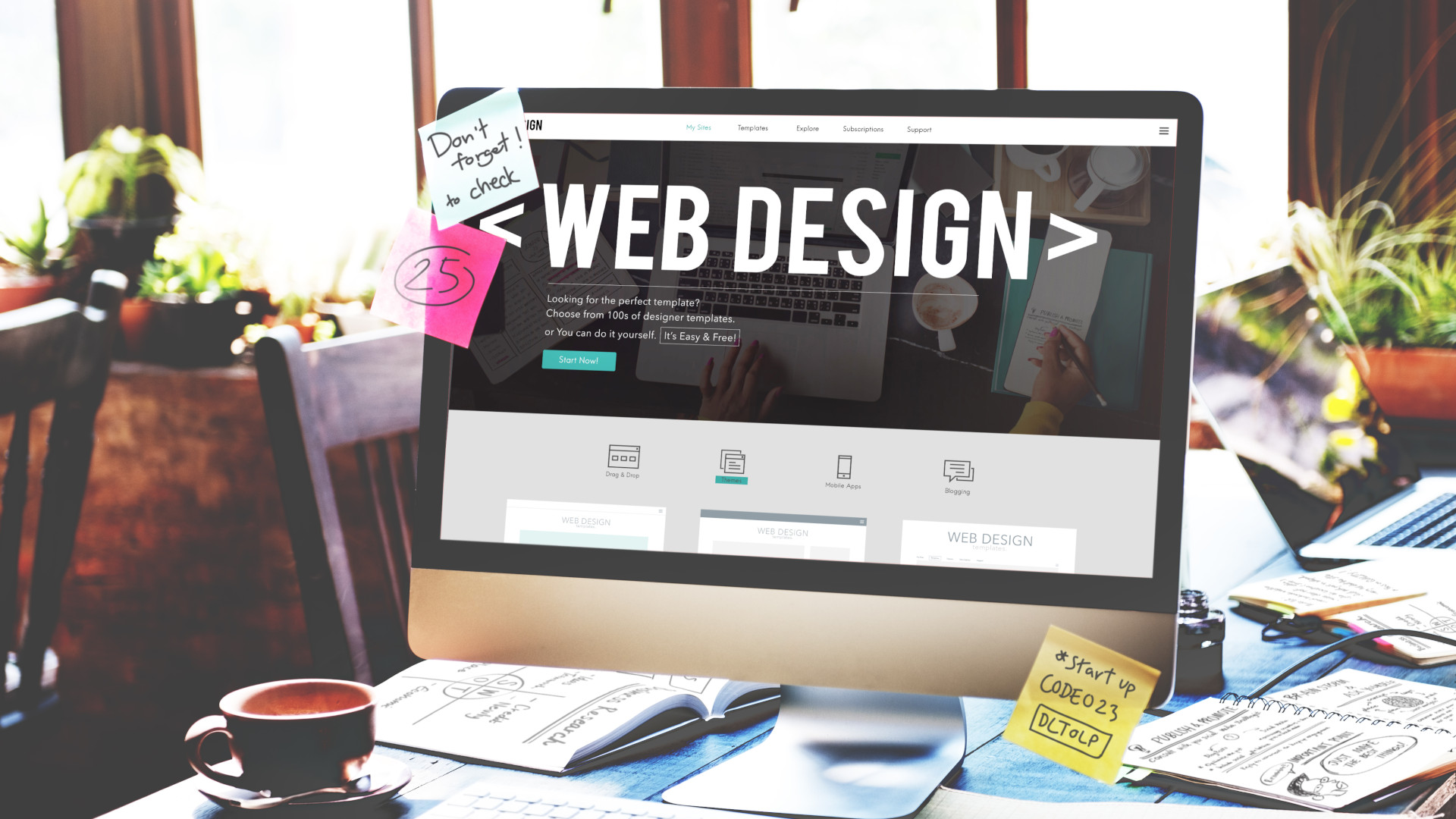The Ultimate Guide to Modern Website Layout Trends
In the ever-evolving digital landscape, contemporary site layout fads play an essential duty fit customer experience and involvement. From the increase of minimal style principles that prioritize simpleness to the effect of vibrant typography in defining brand name identification, each aspect adds to a natural online visibility. The focus on mobile-first and responsive methods, together with innovative microinteractions, additionally improves usability. The expanding focus on lasting internet layout methods reflects a commitment to environmental obligation. These fads collectively elevate essential questions concerning the future of effective website design and what it indicates for customers and organizations alike.
Minimalist Style Concepts
Minimal style principles highlight the idea that less is much more, promoting for simplicity and performance in visual interaction. This strategy remove unneeded components, concentrating rather on important components that communicate the intended message efficiently. By prioritizing quality, minimal style enhances customer experience, enabling visitors to navigate web sites effortlessly.
Core tenets of minimal design include the use of adequate white room, which creates a sense of balance and company. This negative space not only directs the visitor's focus to crucial elements however additionally cultivates a relaxing visual atmosphere. Additionally, a minimal shade palette is typically utilized, utilizing single systems or soft colors to keep aesthetic cohesion and avoid overwhelming the user.
Typography plays an essential function in minimal layout, where legible fonts are selected for their simplicity and efficiency in connecting material. Ultimately, minimalist style principles cultivate a concentrated setting that encourages users to involve with the material, improving the general performance of modern-day internet site layout.
Strong Typography Selections
Embracing bold typography options has become a defining feature of modern-day web site design, as it successfully records focus and communicates solid messaging. Developers are increasingly making use of typography not just as a functional aspect but as an essential aesthetic element that improves the total visual and customer experience.

In addition, the juxtaposition of bold typography with minimal layout principles permits striking contrasts, improving readability while preserving aesthetic charm. Using whitespace around bold text additionally highlights its relevance, making sure that the message reverberates with the audience.
As electronic landscapes come to be a lot more competitive, leveraging strong typography enables brands to differentiate themselves and leave a lasting perception. The cautious option of fonts and their application can evoke emotions, establish tone, and drive action, making bold typography an indispensable device in modern internet site design. Inevitably, it is an effective means to improve storytelling and make certain that essential messages are not only seen but also really felt.
Responsive and Mobile-first Style
Responsive and mobile-first design has emerged as a critical principle in contemporary web site advancement, mirroring the increasing dependence on mobile devices for accessing on the internet content. As individual actions shifts in the direction of mobile browsing, designers should prioritize producing experiences that adjust flawlessly throughout numerous display sizes and resolutions.
A receptive design guarantees that a website automatically changes his comment is here its design, images, and functionality based on the device being made use of. Mobile-first style supporters for developing web sites at first for smaller sized displays, consequently scaling up to larger screens.
Executing mobile-first and responsive concepts not only deals you could try here with individual preferences however also lines up with search engine optimization (SEARCH ENGINE OPTIMIZATION) methods. Major internet search engine, like Google, prioritize mobile-friendly web sites in their positions, making it vital for organizations to take on these layout techniques. In an affordable digital landscape, welcoming mobile-first and receptive layout is not just an alternative; it is vital for ensuring accessibility and interaction with a varied audience.
Engaging Microinteractions
Microinteractions play a crucial duty in improving individual engagement and general site experience, especially in the context of receptive and mobile-first design. These subtle design aspects give instant feedback to users, making communications much more enjoyable and user-friendly. Instances consist of button computer animations, notification notifies, and loading indications, which not just overview individuals yet also create a sense of link with the user interface.
Including engaging microinteractions can considerably enhance functionality by lowering cognitive load. When users receive auditory or aesthetic responses upon executing actions, such as clicking a switch or sending a type, they feel a lot more positive in their selections. This fosters a smoother navigating experience, inevitably boosting user retention.

As web site design fads remain to advance, the relevance of microinteractions can not be overemphasized. They act as the subtle yet powerful touchpoints that transform common interactions right into amazing experiences, consequently elevating the general effectiveness of modern-day website design.
Lasting Web Design Practices
Sustainable website design practices are ending up being significantly necessary as the digital landscape expands and environmental issues rise. Programmers and designers are recognizing their obligation to create internet sites that not only offer user demands however also minimize ecological impact. This approach includes several crucial approaches.
Firstly, enhancing energy intake is paramount. Internet sites ought to be made to fill promptly and effectively, which reduces web server energy use and improves user experience. Methods such as photo compression, reducing HTTP requests, and using modern coding techniques contribute dramatically to this objective.
Second of all, choosing eco-friendly hosting suppliers is important - website design. Several hosting firms are currently powered by renewable resource sources, making it possible for internet sites to operate in a much more lasting manner. This selection mirrors a commitment to decreasing visit this web-site carbon footprints
Furthermore, embracing a minimal style can boost sustainability. Less elements on a page bring about much less information transfer, which not just accelerates packing times yet additionally saves sources.
Last but not least, promoting digital ease of access makes sure that web sites reach a larger audience without unnecessary bloat, straightening individual experience with ecological duty. By incorporating these lasting methods, web designers can contribute favorably to both customer involvement and the earth's wellness.
Conclusion
In summary, modern internet site design trends highlight the assimilation of minimalist principles, bold typography, and responsive layout to boost customer experience. Involving microinteractions contribute to unforgettable communications, while sustainable practices support for eco mindful advancement. Collectively, these aspects not only elevate aesthetic allure however likewise improve capability, guaranteeing that websites are both visually striking and easy to use. Adopting these trends is vital for developing impactful digital experiences that reverberate with individuals in a significantly affordable online landscape.
In the ever-evolving digital landscape, modern-day site layout fads play a critical function in forming user experience and interaction. By prioritizing clearness, minimalist layout improves user experience, enabling site visitors to navigate internet sites effortlessly.
Ultimately, minimal design concepts cultivate a concentrated environment that urges users to involve with the web content, improving the general effectiveness of modern-day website style.Microinteractions play an essential duty in enhancing individual engagement and overall site experience, specifically in the context of responsive and mobile-first style.In recap, contemporary website design patterns emphasize the integration of minimalist concepts, bold typography, and responsive layout to enhance individual experience.